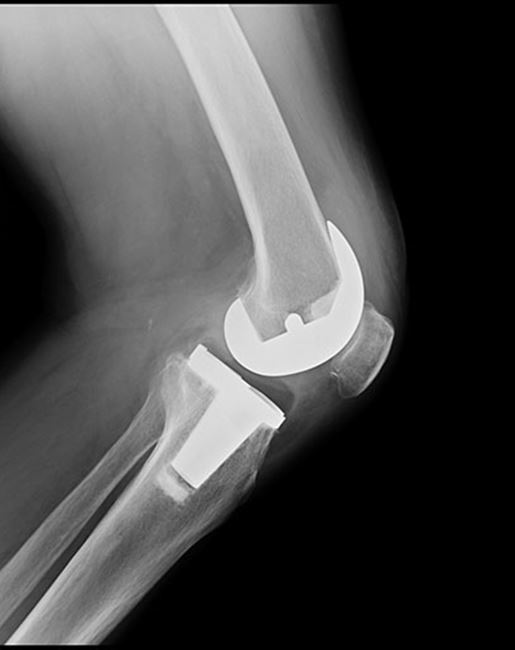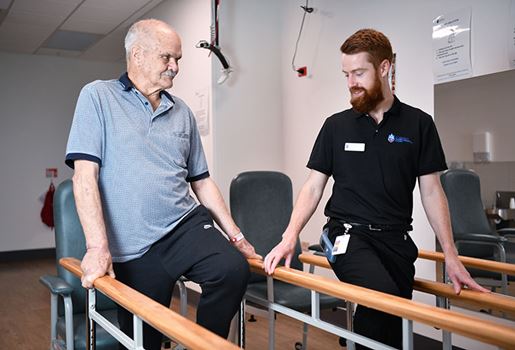Bilateral Knee Replacement
- Home
- Services
- Orthopaedics
- Knee Orthopaedics
- Knee Replacement
- Bilateral Knee Replacement
What is a bilateral knee replacement?
This surgical procedure replaces both knee joints with artificial implants in order to relieve severe pain and restore mobility and function. During knee replacement surgery, any damaged bone and cartilage are removed from the joint and replaced with metal, ceramic or plastic parts. If only one side of the knee is affected, it is also possible to have a partial knee replacement. Your doctor may recommend a bilateral knee replacement if you are suffering from degenerative arthritis in both knees, and physical exercises and pain relief are no longer effective.
Simultaneous bilateral surgery is when both knee joints are replaced in the same operation, but this surgery can also be performed in staged operations with a break in between. Either procedure may involve a combination of either total knee replacement or partial knee replacement. The decision to have simultaneous or staged surgery is individual to the suitability of the patient.
Is it right for me?
The aim of any treatment is to relieve pain and improve mobility. If your knee pain is no longer responding to medication or rest, and your quality of life is suffering considerably as a result, your doctor may recommend bilateral knee replacement surgery. Once you have decided to proceed with surgery, you can discuss whether to have both knees operated on simultaneously, or whether to have separate procedures. Your treating doctor will assess your suitability as a patient, taking into account your age, health and tolerance for major surgery as well as an intensive rehabilitation program.
A simultaneous bilateral knee replacement does have the advantage of convenience with a single operation and a single recovery period. But as a major procedure, it is not considered a suitable option for all patients. As with all surgery, there are risks and benefits associated with both simultaneous and staged procedures which you can discuss with your treating doctor.
How the surgery is performed
Bilateral knee replacement is a procedure where both of your knees are replaced during the same surgical session. Our expert surgeons at St Vincent's Private Hospital use advanced techniques to remove the damaged parts of your knee joints and replace them with prosthetic components. This surgery is conducted under general anaesthesia, ensuring your comfort and safety throughout the process. The goal is to alleviate pain and restore mobility in both knees simultaneously.
Preparation
Preparing for bilateral knee replacement involves several steps to ensure your safety and the success of the surgery. This includes a thorough medical evaluation, discussions about your medical history, and possibly adjusting current medications. We recommend physical exercises to strengthen your muscles pre-surgery. It's also important to arrange for assistance at home post-surgery, as your mobility will be temporarily limited. Our team will provide detailed guidelines tailored to your specific needs.
Follow up
After bilateral knee replacement, follow-up care is crucial for a successful recovery. This includes regular check-ups with your surgeon, a structured rehabilitation program, and physiotherapy sessions. Our team will monitor your progress and adjust your recovery plan as needed. You'll receive personalised advice on how you can gradually increase your activity levels and tips for a healthy recovery at home.

Total knee replacement approaches
Other knee surgeries and procedures
Bilateral Knee Replacement FAQs

How much will my knee surgery cost?
Understanding the cost of your treatment is an important consideration before committing to surgery, but it’s not always easy to find the information you need. Learn more about the factors which contribute to the cost of your surgery:
What will my treatment and recovery look like?
Familiarising yourself with your treatment program and understanding the recovery process are important steps to take on the pathway to surgery.

Find a hospital with orthopaedic services
Our Hospitals



